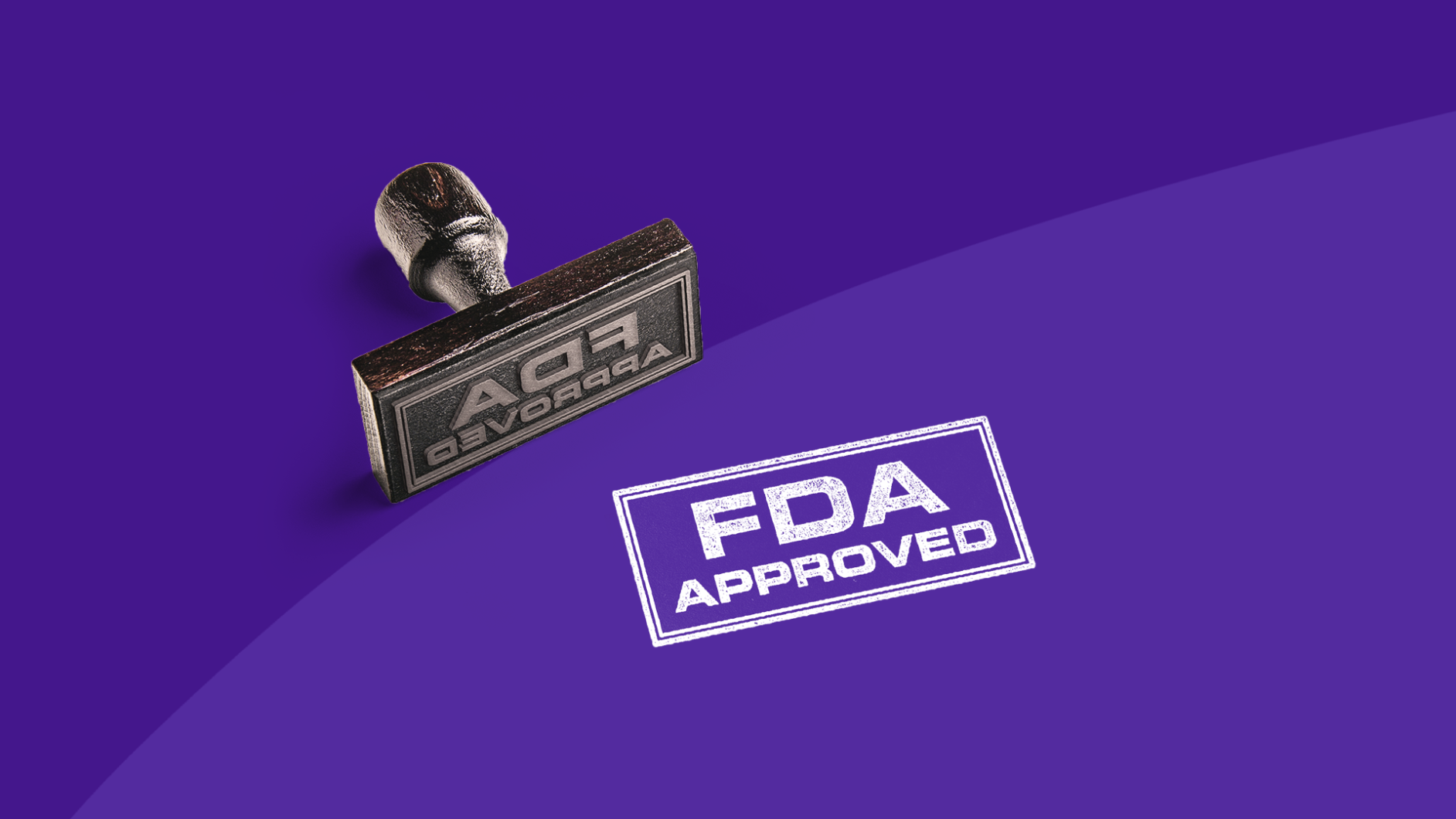There is some big news for people with epilepsy who experience seizure clusters or prolonged seizures. On May 20, 2019, the Food and Drug Administration approved the first-ever nasal spray for treating seizures: Nayzilam (midazolam).
The drug, midazolam, has been around for decades. However, this is the first time that it is available as a nasal spray for the treatment of seizures.
Why is midazolam used for epilepsy?
Approximately 150,000 Americans have uncontrolled epilepsy with seizure clusters. Frequent or prolonged seizures come with a great deal of risk, including injury and brain damage. So when people have these types of seizures, they need care immediately.
“Urgent treatment generally cannot be in the form of a pill, because a) the patient has to cooperate with swallowing the pill, which may not be possible after one or more seizures, and b) a pill takes a minimum of 45 minutes to even begin to work—that’s often far too long,” says Scott Mintzer, MD, professor of neurology at Thomas Jefferson University in Philadelphia.
For this reason, many patients end up in the ER to get medication through an IV. But doctors wanted to find an easier way to get the medication into the body—preferably something that could be administered at home by a caregiver.
RELATED: Epilepsy treatments and medications
How does midazolam work?
Midazolam nasal spray provides that option. Patients can carry it around in their pockets to use in the event of an emergency, potentially saving themselves from a catastrophic outcome. Dr. Mintzer explains that “midazolam nasal spray will, hopefully, make emergency treatment at home much more widely used among patients with seizures.”
Prior to the FDA approval of this midazolam for seizures, doctors had already been using it for sedation purposes, and often administer it through the nose.
“Nasal absorption of many IV drugs is equivalent or similar to IV administration,” says Amy Baxter, MD, the CEO of Pain Care Labs in Atlanta. “Midazolam works immediately for 20 to 40 minutes, so it is a great drug of choice if IV access is not available.”
Dr. Baxter continues: “Bottom line—the FDA is recognizing what emergency physicians have known for quite some time. In an emergency situation, getting an IV drug into the bloodstream using the mucosa of the nose is a safe and effective drug delivery option to stop a patient from continuing to seize.”
The people who will benefit most from this nasal spray are those who experience their seizures in clusters, or people who have seizures lasting more than a few minutes. Nayzilam is approved for patients 12 years and older. At the moment, there are no known contraindications for the nasal spray. But as always, you should talk to your doctor to see if midazolam nasal spray is the right choice.




